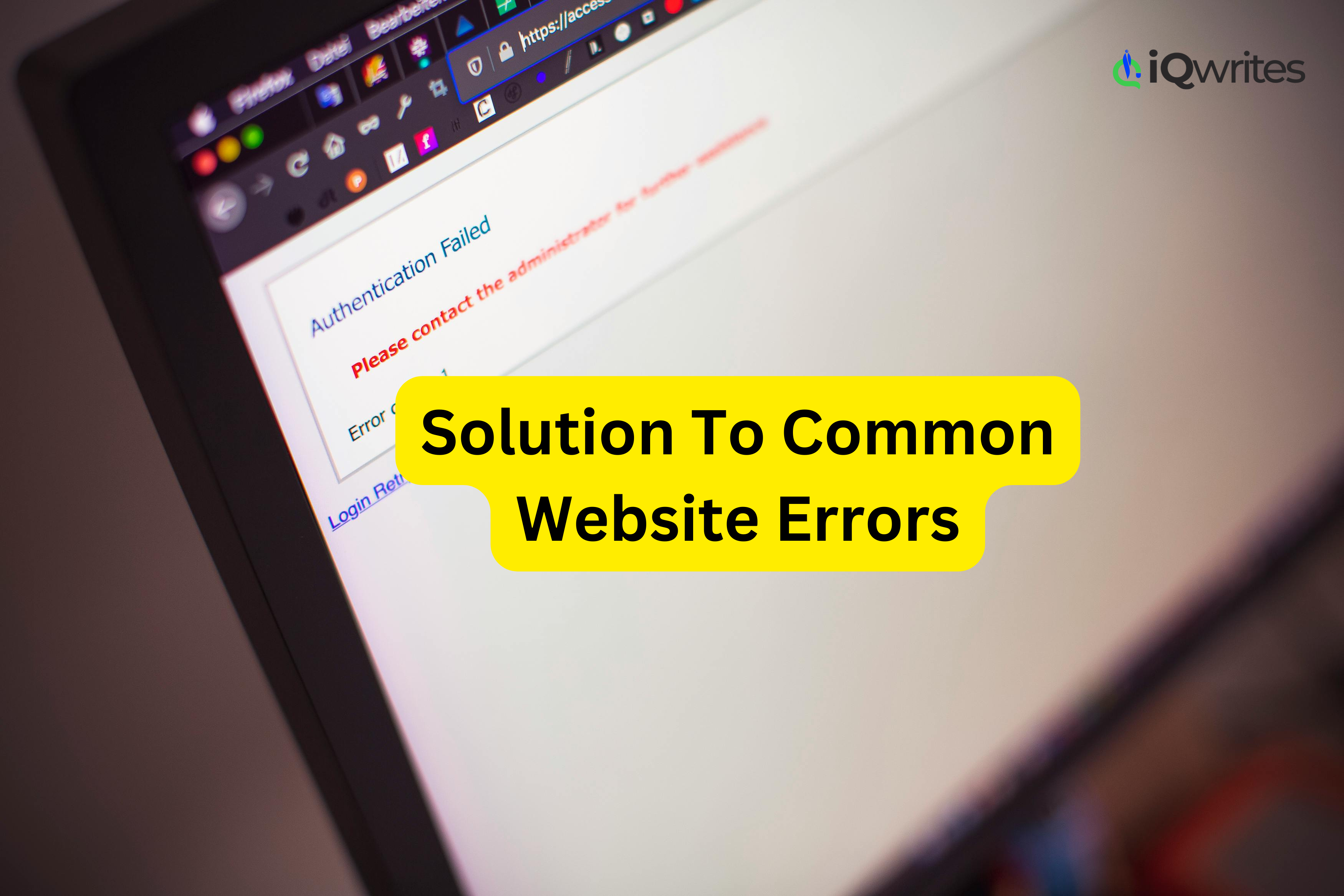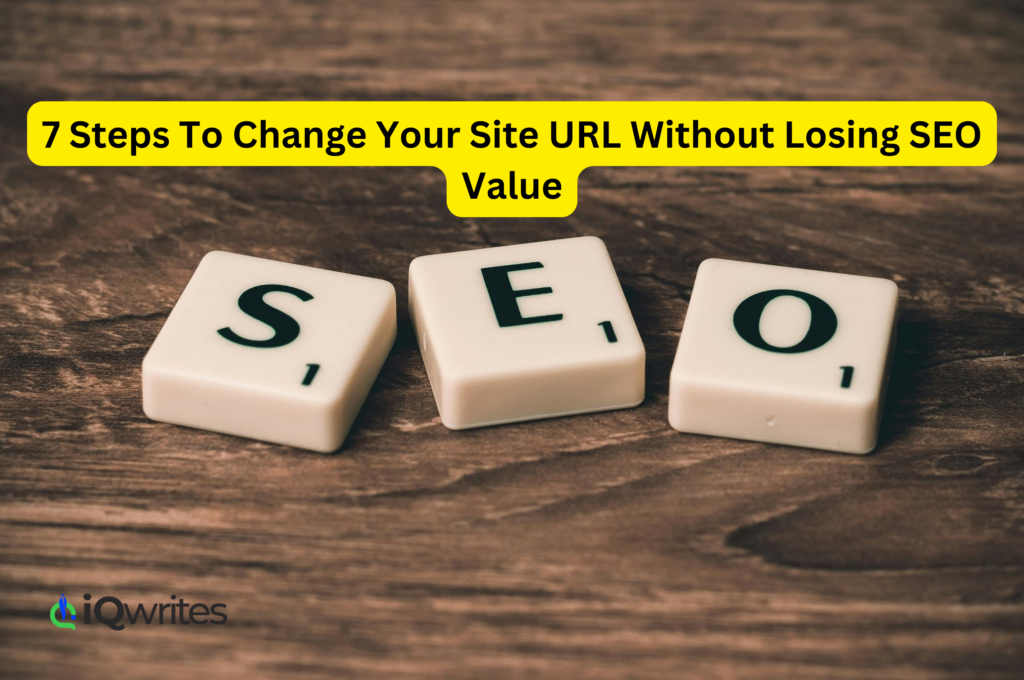At the initial stage of a website launch, several potential errors can occur due to improper setup, configuration, or development issues.

Essential Checklist: Key Considerations for Your SEO Audit
Common Website Errors
Here’s an overview of common errors and their resolutions:
1. Server and Hosting Issues
Errors:
- Server downtime or unavailability.
- Incorrect DNS configuration.
- Slow server response times.
- Misconfigured web server settings (e.g., Apache, Nginx).
Resolutions:
- Choose a reliable hosting provider and monitor server uptime.
- Double-check DNS settings and propagation.
- Optimize server performance by enabling caching and using a Content Delivery Network (CDN).
- Verify web server configurations and logs for errors.
7 Steps To Change Your Site URL Without Losing SEO Value
2. Broken Links and 404 Errors
Errors:
- Internal or external links leading to non-existent pages.
- Images or assets not loading due to incorrect paths.
Resolutions:
- Use tools like Screaming Frog or Google Search Console to identify broken links.
- Ensure correct file paths and URLs in the codebase.
- Set up a custom 404 page to guide users back to the website.
3. Code and Syntax Errors
Errors:
- HTML, CSS, or JavaScript syntax errors.
- Unresponsive or buggy design.
- JavaScript functions not working as expected.
Resolutions:
- Validate HTML and CSS using tools like the W3C Validator.
- Test scripts in multiple browsers and devices.
- Debug code using browser developer tools or IDE debugging features.
4. Security Vulnerabilities
Errors:
- Unsecured forms prone to SQL injection or XSS attacks.
- Insecure HTTP instead of HTTPS.
- Default or weak passwords.
Resolutions:
- Sanitize and validate user inputs.
- Use HTTPS by installing an SSL certificate.
- Implement strong authentication measures and secure database connections.
5. Database Connectivity Issues
Errors:
- Failure to connect to the database.
- Incorrect database credentials or configurations.
- Missing or corrupted database tables.
Resolutions:
- Verify database connection settings (host, username, password).
- Use proper error handling to display meaningful messages to users.
- Backup and restore the database if corrupted.
5 Overlooked SEO Hacks You Need to Try Today
6. Performance Issues
Errors:
- Slow loading pages.
- Large images or unoptimized resources.
- Inefficient backend queries.
Resolutions:
- Optimize images and minify CSS/JavaScript files.
- Use browser caching and lazy loading for resources.
- Profile and optimize database queries and backend logic.
7. Cross-Browser Compatibility Issues
Errors:
- Website not rendering correctly on certain browsers.
- Features failing on outdated browser versions.
Resolutions:
- Test the website on major browsers (Chrome, Firefox, Safari, Edge).
- Use modern CSS resets and frameworks for consistent styling.
- Implement polyfills for unsupported features.
8. SEO and Metadata Issues
Errors:
- Missing meta tags (title, description).
- Poor URL structure.
- Lack of sitemap or robots.txt file.
Resolutions:
- Add and optimize meta tags.
- Follow SEO-friendly URL structures.
- Generate and submit a sitemap to search engines.
9. User Interface (UI) and User Experience (UX) Problems
Errors:
- Poor navigation structure.
- Missing call-to-action buttons or unclear user flows.
Resolutions:
- Conduct usability testing to identify pain points.
- Improve navigation and layout based on user feedback.
- Ensure the site is mobile-responsive.
10. Missing Analytics or Monitoring Tools
Errors:
- Lack of insights into user behavior or site performance.
- Unable to detect issues in real-time.
Resolutions:
- Integrate analytics tools like Google Analytics.
- Set up monitoring tools like UptimeRobot or Sentry for real-time error tracking.
SEO Tips For Higher Rankings On Google
By proactively addressing these potential issues, you can ensure a smoother launch and better user experience for your website.

